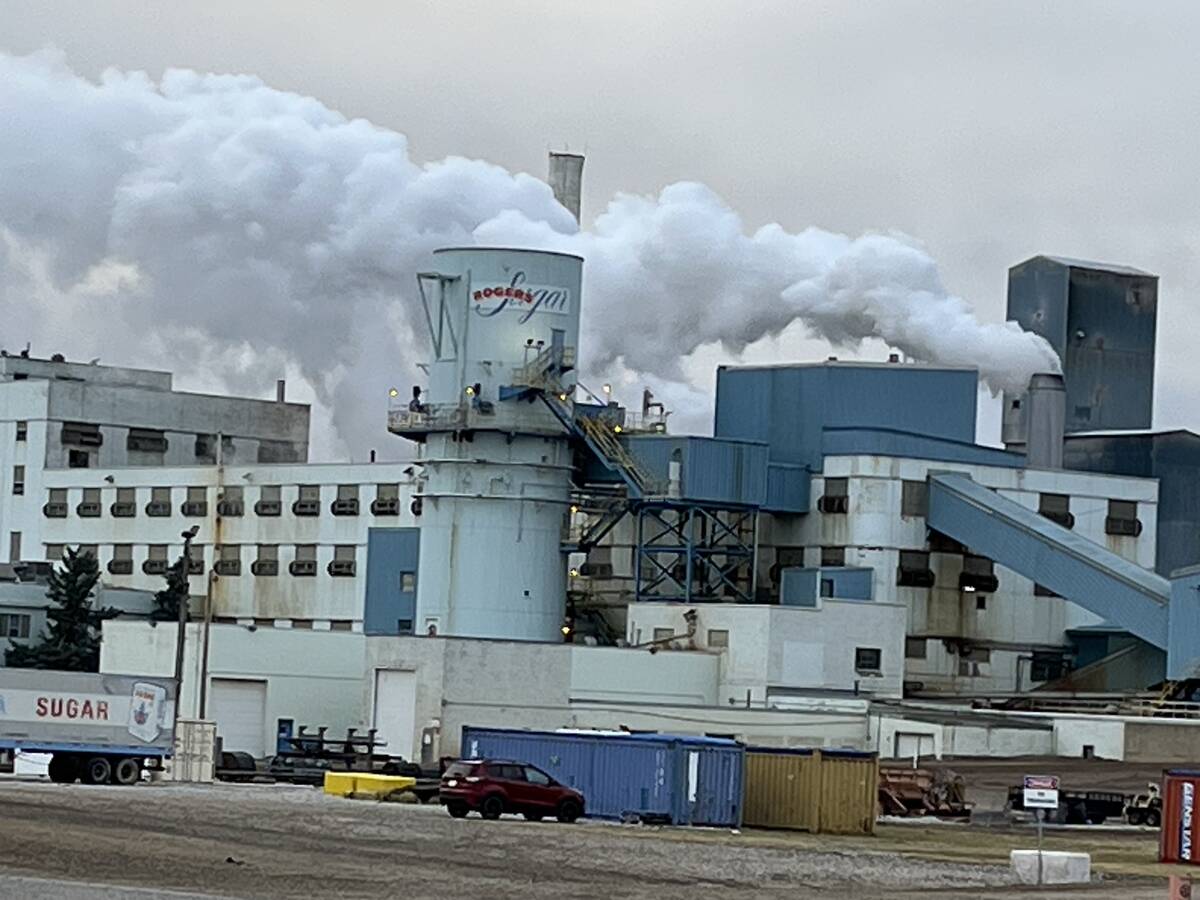It’s been called Western Canada’s forgotten crop.
Some describe it as the crop of last resort for prairie farmers.
It’s a victim of abuse, thrown into the ground at the last minute and pretty much left to fend for itself.
But despite all that, it may be a crop that pays off handsomely for growers in 2004.
It’s flaxseed, and an economic analysis put together by the departments of agriculture in Saskatchewan and Manitoba, in co-operation with the Flax Council of Canada, suggests that farmers should consider it carefully when deciding which oilseed to put in their rotation this year.
Read Also

Sugar beet harvest underway in southern Alberta
Alberta Sugar Beet Growers hosts field tour to educate the public on the intricacies of the crop, its harvest process, and contracts with Lantic Sugar
“We wanted to focus some attention on the fact that flax actually has more potential for net returns than maybe people believe,” said flax council president Barry Hall.
“A lot of producers don’t look at flax as carefully as they might and we’re just encouraging them to take another look.”
The net returns from growing flax will vary from farm to farm but the numbers put together by Saskatchewan Agriculture oilseeds specialist Bill Greuel make a compelling case for choosing flax.
Based on a 10-year average yield of 19.1 bushels per acre, the current price of $8.38 a bu. and production costs of $91.56 an acre, flaxseed will provide a net return in 2004 of $68.29 an acre.
By contrast, canola, with an average yield of 22.2 bu., a price of $8.01 a bu. and production costs of $118.68 an acre, will provide a net return of $59.48 an acre.
That’s an advantage of $8.81 per acre for flaxseed over canola.
The outcome varies by crop district, ranging from a 37 cent an acre advantage for canola to a $22.69 an acre advantage for flax.
All those numbers are based on direct seeding into stubble in the black and dark brown soil zones.
“The reality is that for Saskatchewan in flax growing areas, it pencils out pretty well, and nobody ever gets that story,” said Greuel.
In Manitoba, provincial oilseeds specialist Rob Park did a similar calculation.
For flax, he used average yields of 20.6 bu. an acre, operating costs of $103.56 an acre and a price of $8.38 a bu.
For canola the numbers were 27.4 bu., $168.32 an acre and $8.01 a bu.
Those numbers result in a net return of $69.07 an acre for flaxseed and $51.15 an acre for canola.
Both Park and Greuel emphasized they’re not making a blanket recommendation that farmers seed flax rather than canola. They’re simply saying that farmers should consider flax and calculate the net returns for the two crops on their own farms.
“We want farmers to grow what they think they can make the most money from,” said Park.
The flax council makes no bones about wanting to see farmers grow more flax.
Hall would like to see production climb from less than one million tonnes to around 1.5 million tonnes within the next five to 10 years.
He said there seems to be growing interest in the crop for both human and livestock consumption, yet from a production standpoint it has been “forgotten and neglected” to some extent.
Part of the problem has been that flax has developed a reputation as a crop that can take a lot of abuse.
Farmers often decide to throw in a field of flax at the last minute, knowing it can withstand bad fall weather.
As well, flax often does not require as much attention during the growing season.
By contrast, canola has a huge support structure, with reams of production information available to producers and industry-supported canola production specialists located across the Prairies.
“Canola is Cinderella and flax is the ugly step-sister,” said Park.
He said one of flax’s advantages is that because it is a relatively low-input crop, there is less financial risk for the producer.
On the negative side, a lot of farmers don’t like dealing with flax straw.
Greuel said that despite flaxseed’s ability to prosper in tough conditions, it does benefit from good management. Some tips for flax production include:
- Planting – Seed into firm, moist soil to a depth of 2.5 to four centimetres, at a rate of 12 to 18 kilograms per acre. Early seeding results in better yield, decreased lodging and better straw quality for processing.
- Fertility – Flax responds well to high soil phosphorous from fertilization of preceding crops versus in-crop application. As a small seed, it is sensitive to placement of nitrogen fertilizer, with rates generally limited to 6.5 kg per acre.
- Weed control – Flax is not competitive and a weed-free environment is recommended, possibly through a preseed burnoff with glyphosate.
- Mycorrhizae – These root fungi help access phosphorous and are crucial to good flax yields. This can be obtained by planting flax following wheat and into stubble.
- Disease control – Several diseases survive on flax residue. Allowing at least three years between flax crops helps avoid the problem.














